Man With Too Much Time Creates Color Gradient Collection of Dung Beetles
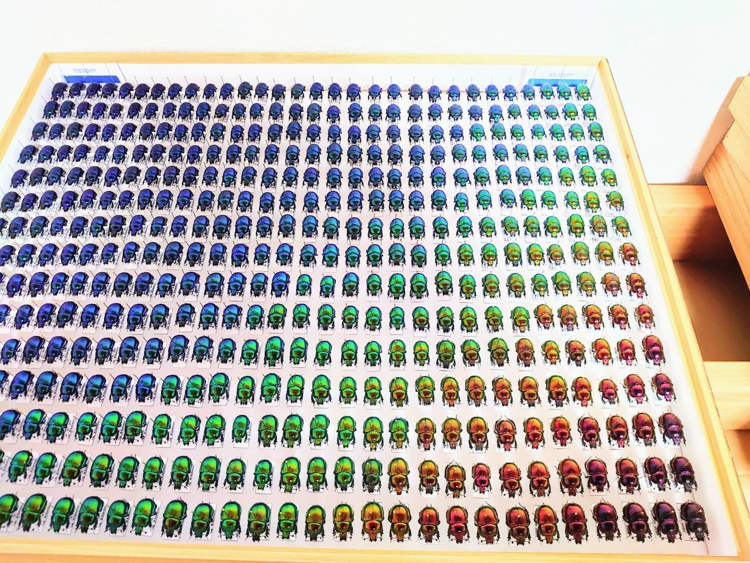
Bored during the last stages of the Covid-19 lockdown, a Japanese man spent a whole month catching dung beetles and creating a mesmerizing color gradient collection. On August 17, Japanese Twitter (X) user bochimushi posted a photo of hundreds of shiny dung beetles arranged by color – from deep blue to purple – forming an […]
These Silver, Reflective Beetles Look Like Living Jewelry
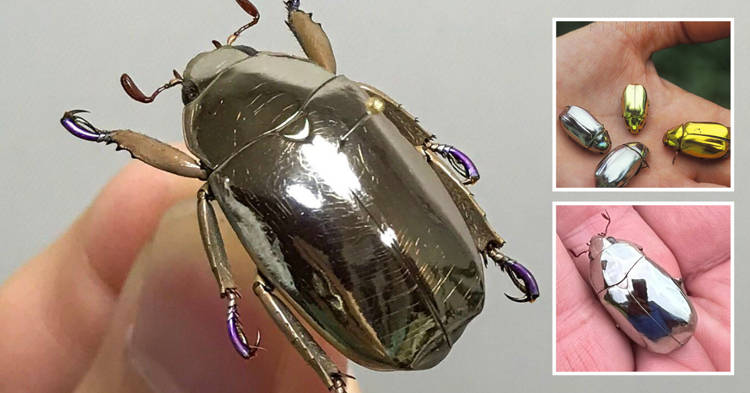
Chrysina limbata is a species of beetle native to the tropical rainforests of Central America known for its metallic reflective silver color which makes specimens look like living pieces of jewelry. Chrysina limbata is regarded as one of the most beautiful insect species on Earth, and for good reason. These beetles have a reflective silver metallic […]
This Beetle Can Survive Being Run Over by a Car
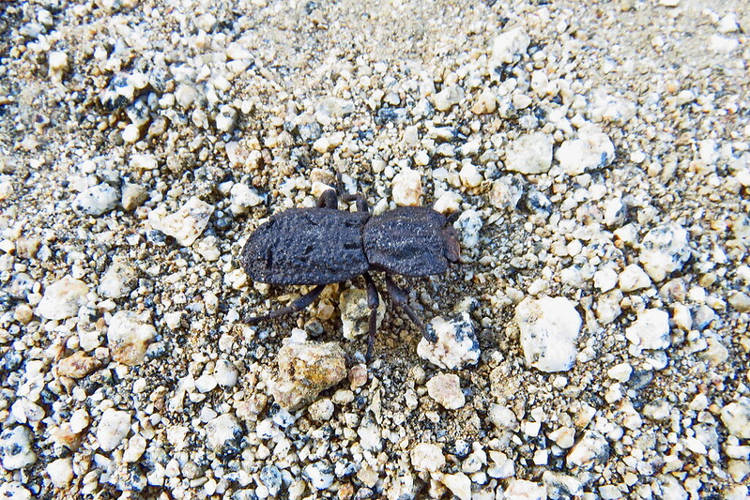
The Diabolical Ironclad Beetle is one of the most resilient beings on the planet. Its protective shell can withstand forces that would pulverize most other living things. In 2015, when entomologists told Jesus Rivera that a beetle found primarily on the west coast of North America had this “superpower” that allowed it to survive being […]
The Elusive “Scorpion Beetle” – The Only Known Insect Capable of Inoculating Toxins Through Its Antennae
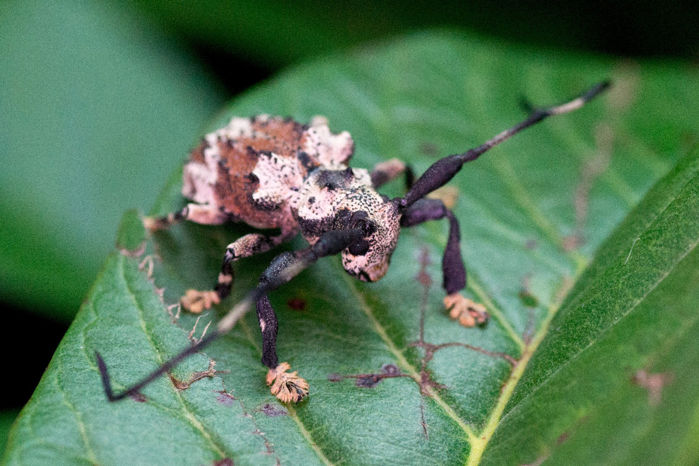
Beetles are generally regarded as harmless to humans. Out of the over 350,000 documented species of beetle, only three are actually known to bite people, and only if they feel threatened. However, there is another species that few sources mention. Onychocerus albitarsis, aka Scorpion Beetle, is the only known insect capable of stinging humans with […]
This Buddha Sculpture Is Made from 20,000 Dead Beetles
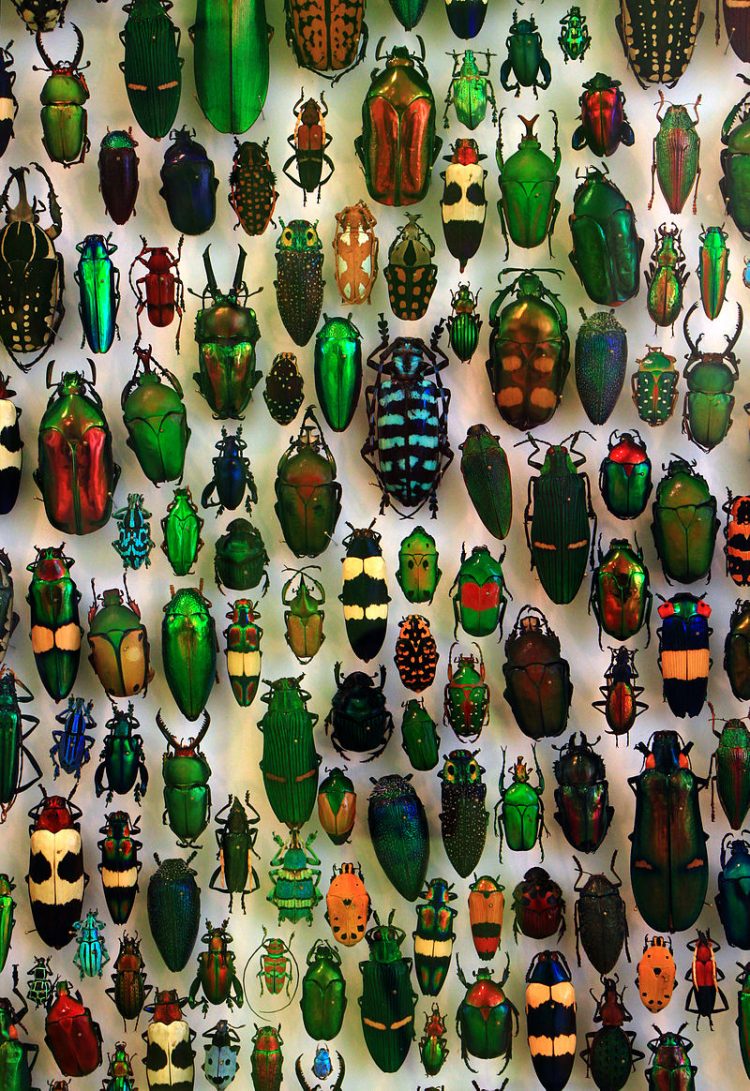
Japanese artist Yoneji Inamura spent six years of his life collecting 20,000 beetles of different varieties and using them to create a five-foot sculpture of a popular Buddhist deity. It’s unclear how and when exactly Inamura started catching and collecting beetles. Some sources claim that it was during his days working for the local railroad, in […]
Bugs the Size of Your Hand – The Titan Beetle

As its name suggests, the Titanus giganteus, or Titan Beetle, is a giant of the insect world. Adults can grow up to 6.5 inches (16.7 cm) long and have incredibly strong jaws that can snap wooden pencils in half, so just imagine what they could do to your fingers. Luckily, these scary-looking bugs are quite […]
